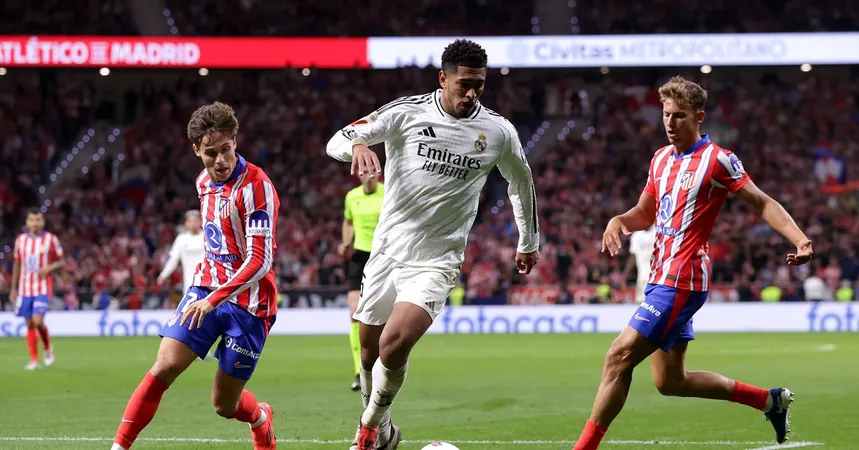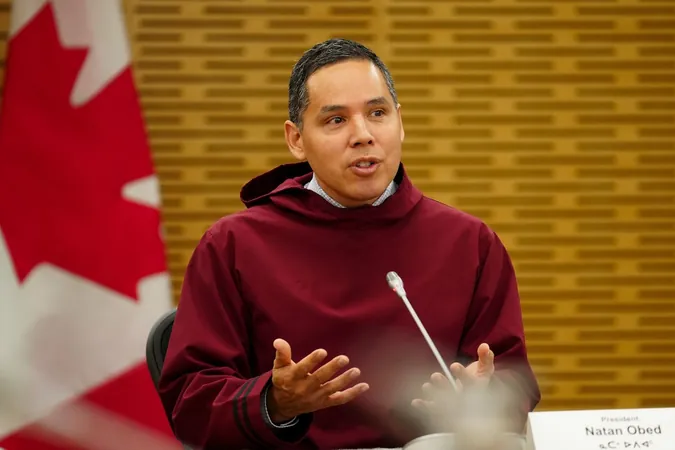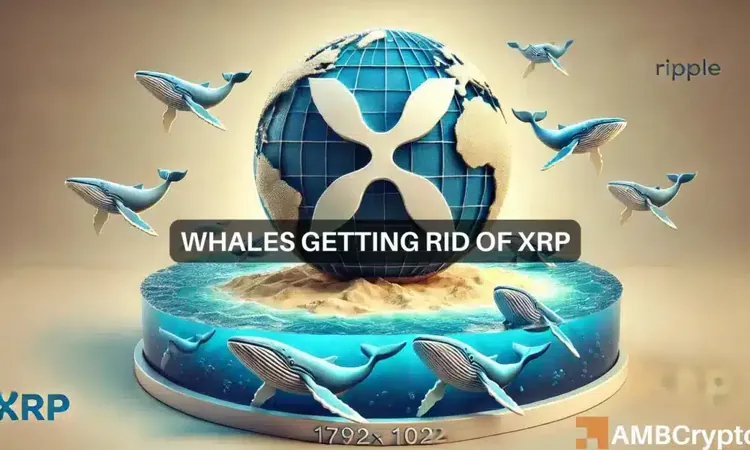
Canucks Pull Off Strategic Move: Trade Poolman for Brannstrom While Evading LTIR
2024-10-07
Author: Emma
Introduction
In a surprising twist, the Vancouver Canucks have executed a smart trade to navigate around the looming threat of entering Long-Term Injured Reserve (LTIR) as the 2024-25 season approaches. With several setbacks, including Thatcher Demko's injury and concerning preseason health statuses for Akito Hirose and Pius Suter, the Canucks appeared destined to place Tucker Poolman on LTIR to manage their salary cap effectively.
However, the hockey gods appeared to shine favorably on the Canucks when Hirose received medical clearance and Suter made strides at practice, generating a wave of optimism. In a bid to avoid LTIR and still maintain cap compliance, General Manager Patrik Allvin made the bold decision to trade Poolman instead.
A Robust Trade: Poolman to Colorado for Brannstrom
On Sunday, Allvin executed a deal that sent Poolman and a fourth-round draft pick to the Colorado Avalanche in exchange for defenseman Erik Brannstrom. In retaining $500,000 of Poolman’s $2.5 million cap hit, the Canucks effectively cleared much-needed cap space. Upon arrival in Vancouver, Brannstrom was immediately placed on waivers, setting the stage for what could be a calculated risk.
Though there’s a chance Brannstrom, a 25-year-old defenseman with a smooth skating style, could be snapped up off waivers, the trade still signals a victory for the Canucks’ management. For over a year, they had attempted to offload Poolman’s contract, aiming to escape LTIR last season to create additional cap space for trade deadline acquisitions — a goal that ultimately fell short. Now, having successfully navigated the contracts, the Canucks are in a prime position to maneuver through the season without the cap constraints of LTIR.
With the recent moves, including the ability to have a roster nearly $500,000 under the salary cap, the team is strategically set to accumulate cap space as the season progresses. This flexibility could be crucial as they eye potential trade options, particularly with a few waiver-exempt players like Aatu Räty, Arshdeep Bains, and Arturs Silovs available to be shuttled between the NHL and AHL.
Brannstrom: Potentially Valuable Depth
On the flip side, this trade also makes sense for the Avalanche, who face their own challenges with superstar Gabe Landeskog’s prolonged injury status. To maximize their LTIR benefits, adding Poolman to their roster opens up possibilities as they adjust to fit Landeskog’s eventual return.
Brannstrom’s journey has seen him struggle for playtime since being a highly touted 15th overall pick in the 2017 NHL Draft. Previously with the Ottawa Senators, he failed to cement a top-pairing role and ultimately became a free agent after the Senators did not extend a qualifying offer. The Avalanche scooped him up with a one-year $900,000 contract, but his performance did not warrant a place on the NHL roster.
Despite these setbacks, Brannstrom’s statistics are promising. He held a 52.7% Corsi rating and a 54.1% expected goals percentage over two seasons with Ottawa, albeit on a sheltered third-pairing role. He has shown potential on the penalty kill, adding special teams value that could appeal to the Canucks if they manage to keep him.
Given the Canucks' ongoing injury challenges, particularly with players like Carson Soucy and Derek Forbort, Brannstrom could prove to be an essential depth addition if he clears waivers. His capability to play both left and right defense presents additional strategic options for the Canucks, especially if mobility becomes a factor as the season progresses.
Conclusion
In summary, while the road ahead isn’t without risks — particularly the uncertainty of whether Brannstrom will go unclaimed on waivers — the Canucks have deftly maneuvered their way out of a tight salary cap situation and positioned themselves to thrive this season. As the hockey season heats up, it remains to be seen how this calculated gamble will pay off for Vancouver. Stay tuned!









 Brasil (PT)
Brasil (PT)
 Canada (EN)
Canada (EN)
 Chile (ES)
Chile (ES)
 España (ES)
España (ES)
 France (FR)
France (FR)
 Hong Kong (EN)
Hong Kong (EN)
 Italia (IT)
Italia (IT)
 日本 (JA)
日本 (JA)
 Magyarország (HU)
Magyarország (HU)
 Norge (NO)
Norge (NO)
 Polska (PL)
Polska (PL)
 Schweiz (DE)
Schweiz (DE)
 Singapore (EN)
Singapore (EN)
 Sverige (SV)
Sverige (SV)
 Suomi (FI)
Suomi (FI)
 Türkiye (TR)
Türkiye (TR)